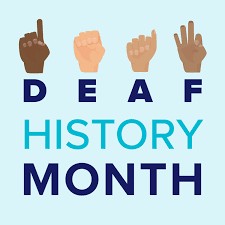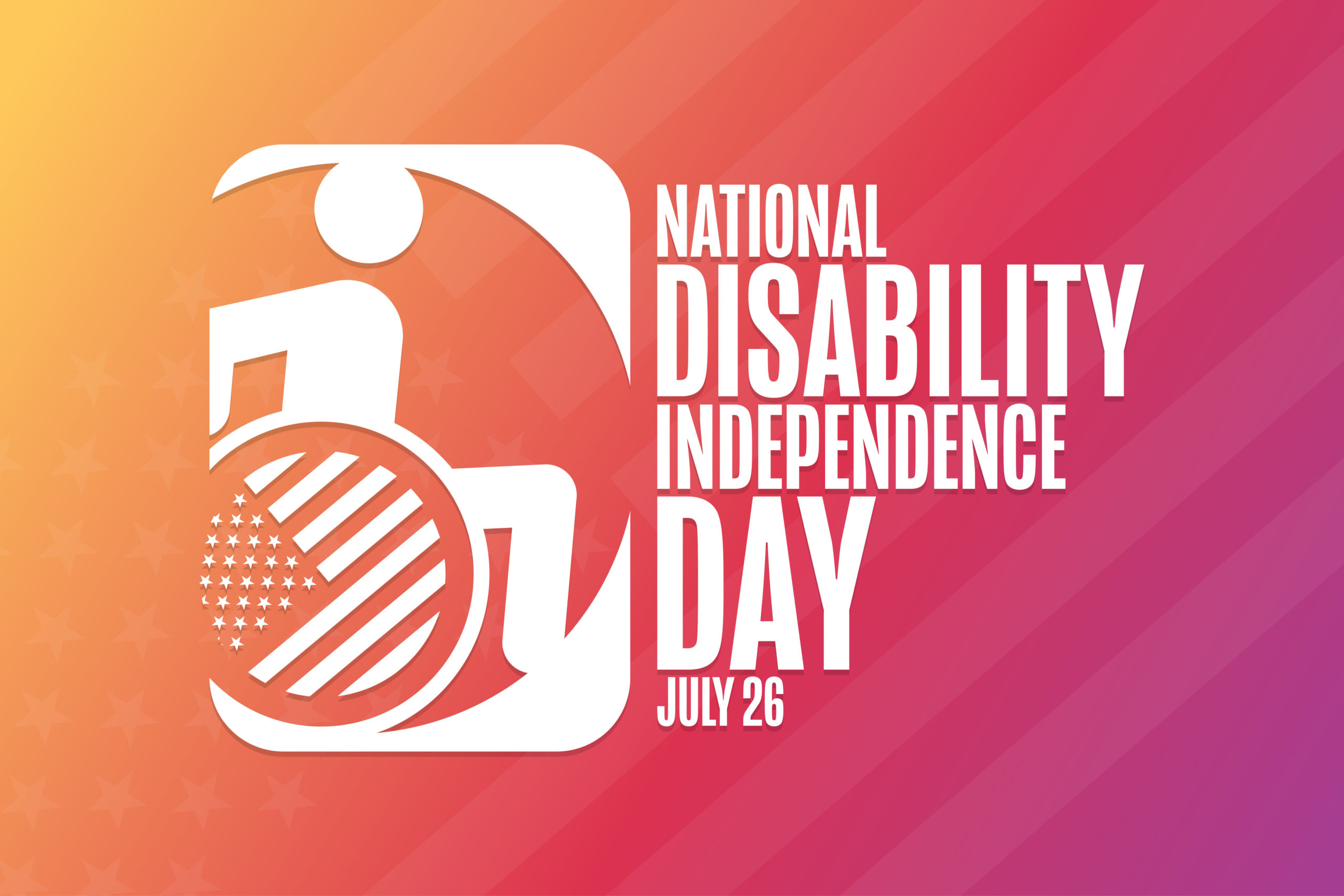In the U.S., November is recognized as Native American Heritage Month. The month is a time to celebrate rich and diverse cultures, traditions, and histories and acknowledge Indigenous people’s essential contributions to this country.
Native American Heritage Month is also an opportune time to educate the general public about tribes, to raise general awareness about the unique challenges Indigenous people have faced both historically and in the present, and how tribal citizens have worked to conquer these challenges.
DID YOU KNOW?
- There are approximately 9.7 million Native Americans in the USA, which represents 2.9% of the US population.
- However, these numbers can’t be entirely trusted, as Native Americans are historically grossly undercounted in the census
- Listen to learn about the efforts that were taken on one reservation to count every person for the last census.
https://nativenewsonline.net/currents/listen-to-the-census-powwow-a-podcast-from-snap-judgment
- We have 574 federally recognized Native tribes living in America, with many more unrecognized as official tribes
- There are currently 324 Federally recognized American Indian Reservations
- Not all tribes have their own land, many of the tribes that were forcibly relocated by the federal government were left without any land of their own.
- At the time of colonization, Native North American tribes spoke between 250 and 300 languages
- Only 8 indigenous languages have a significant population speaking them today:
- Navajo, 148,530 speakers in AZ, NM, & UT
- Cree, 60,000 speakers in MT & Canada
- Ojibwa, 51,000 speakers in MN, ND, SD, MN, MT, & Canada
- Cherokee, 22,500 speakers in OK & NC
- Dakota, 20,000 speakers in NE, ND, SD, MN, MT, & Canada
- Apache, 15,000 speakers in NM, AZ, & OK
- Blackfoot, 10,000 speakers in MT & Canada
- Choctaw, 9,211 speakers in OK, MS, & LA
- Only 8 indigenous languages have a significant population speaking them today:
10 THINGS NATIVE AMERICANS WISH EVERYONE ELSE KNEW
1. Native Americans are not a monolith.
“Native American” is a broadly encompassing term that includes almost 574 federally recognized Native tribes living in America, with many more unrecognized as official tribes. This means that there are, conservatively, 600 different ways of life, various languages with different dialects and slang, traditions, art, music, and craft, economy, topography and geography, religious and spiritual beliefs, education systems, social structures, family structures, and so on.
2. Not all Native American tribes are federally recognized.
The United States can deny or refute a tribe’s petitions for federal acknowledgment. But for some of the petitions, they’ve simply yet to make a decision.
3. Tribes don’t own their reservation lands outright. While some tribes do not live on a reservation, more than 300 do. Some are shared by multiple tribes, while some tribes inhabit more than one reservation. The entire idea behind the reservation formed in 1851 when the Constitution was ratified and the government agreed to look upon Native tribes as independent sovereign nations. The Native Americans “reserved” plots of land that no longer belonged to them outright. Many Native Americans were forced onto reservations with catastrophic results and devastating, long-lasting effects. Now, reservation land is held “in trust” for Native Americans by the federal government, which means that those who live on the property cannot reap the benefits of owning land, such as obtaining equity or mortgaging assets.
If you’re curious, read more on the History Channel’s website.
https://www.history.com/topics/native-american-history/indian-reservations
4. Most Native Americans don’t live on reservations. Most of the Native population in North America are congregated around the central states such as Oklahoma and the southwest and northwest states, as well as Alaska and most of these individuals do not live on reservations. They live in cities, in small quaint towns, up in the mountains, in the suburbs, and deep in rural areas just like the rest of the population. Only about 600,000 Native individuals live on reservations today, so less than 10 percent live on a reservation.
5. History books are not 100% accurate. While ignorance is no defense, many people’s worldviews are shaped by what they learn in school, at home, and in society, especially when it comes to United States history. Textbooks are whitewashed and written in favor of those who won the wars, which in America…were “Americans.” However, changes are gradually coming as we continue to uncover the half-truths and flat-out falsities perpetuated by antiquated textbooks.
If you’re curious, read “An Indigenous Peoples’ History of the United States” by Roxanne Dunbar-Ortiz.
6. Regalia is not a costume. Native tribes each have their own form of regalia, which consists of the sacred clothing, accessories, and artifacts they wear and treasure. The colors and stitching are deep in symbolism and the entire process of hand-making the regalia is significant in itself. Native individuals wear regalia to pow-wows, ceremonies, and other important events while using them to dance and share stories with others. Putting on regalia is meaningful and a time of great pride. It is a form of self-expression not to be taken lightly.
7. They didn’t choose the term “Indian.” Christopher Columbus thought he was headed toward India, where he wanted to see for himself the magical places he had been reading about and what he had heard from Marco Polo. Gold and spices were calling his name. Unfortunately, he miscalculated the distance (badly) and ended up in what is now the Bahamas, which was inhabited by a group of people who named the island Guanahani. Because Columbus thought he had landed in India and didn’t realize his mistake for some time, he coined the indigenous inhabitants of the newly discovered world “Indians.”
8. They don’t celebrate Thanksgiving the same way. Many Native American families do not celebrate Thanksgiving the same way that non-Natives do. There’s a reason many have taken to calling it “The National Day of Mourning” since the 1970s. The Natives were robbed, made a mockery of, and murdered. Using a shared dinner as a symbol of colonialism really has it backward. While the Wampanoag leader Ousamequin did reach out to the English at Plymouth and wanted an alliance with them, it was not because he was innately friendly. It’s because his people had been decimated by an epidemic disease, and Ousamequin saw the English as an opportunity to fend off his tribal rebels. The Thanksgiving myth also does not address the later deterioration of this relationship culminating in one of the most horrific colonial Indian wars on record, King Philip’s War.
If you’re curious, read more on the Smithsonian’s website. https://www.smithsonianmag.com/history/thanksgiving-myth-and-what-we-should-be-teaching-kids-180973655/
9. Native Americans don’t want your pity. They need allies. Historically, like many other cultures, Native Americans have gone through oppression, execution, segregation, racism, and separation. They’ve been removed from their land, taken from their families, made mascots of, made into symbols by other cultures, forced into poverty, and abandoned by their government. What Native Americans need are strong allies who will stand up with them to fight the unnecessary and continued oppression and segregation.
10. Native Americans are still here and doing incredible things. They still have a long way to go toward an adequate and accurate representation of Native American communities. They’re grossly underrepresented in the media, and when they are featured, it’s typically in an unflattering light. While they’re often referred to as the “invisible minority”, the truth is Native communities across the country are doing wonderful things. They’re creating beautiful, stunning art, making timeless films, dancing beautifully and passionately, making waves in politics, and they’re just getting started.
If you’re curious, here are some “must-see” entertainment options created by Native Americans:
TV Shows
- Reservation Dogs, Hulu
- Mohawk Girls, Peacock
- Rutherford Falls, Peacock
- Dark Winds, AMC
- Basketball or Nothing, Netflix
Movies:
- Prey, Hulu
- Wild Indian, Starz, Amazon Prime Video, YouTube, Vudu, Google Play Movies, Apple TV and more
- Montford: The Chickasaw Ranger, Netflix
- Love and Fury, Netflix
Coming Soon:
- Marvel’s “Echo”, Disney+ & Hulu
- Rez Ball, Netflix
- Yellow Bird, Paramount+
Sources:
- https://teachnativehistories.umass.edu/sites/default/files/Language%20of%20Social%20Studies_A.Mafi_Resource%20%231.pdf
- https://americanindian.si.edu/nk360/code-talkers/native-languages/
- https://www.powwows.com/10-things-native-americans-wish-everyone-else-knew/
- https://www.smithsonianmag.com/history/thanksgiving-myth-and-what-we-should-be-teaching-kids-180973655/
- https://nativenewsonline.net/currents/listen-to-the-census-powwow-a-podcast-from-snap-judgment
- https://www.choctawnation.com/biskinik/news/choctaw-nation-celebrates-native-american-heritage-month/
- https://www.nativehope.org/a-guide-to-addressing-native-american-issues-as-a-non-native-a-resource-for-allies
- https://movieweb.com/native-american-tv-shows/
- https://www.nativeamericanheritagemonth.gov/
- https://www.census.gov/library/stories/2023/10/2020-census-dhc-a-aian-population.html
- https://www.history.com/news/native-american-tribes-facts
- https://americanindian.si.edu/nk360/code-talkers/native-languages/
- https://www.samhsa.gov/blog/celebrating-national-native-american-heritage-month
- https://www.teenvogue.com/story/native-american-movies-tv-shows-indigenous-history-culture-thanksgiving
- https://www.nlm.nih.gov/nativevoices/timeline/317.html#:~:text=The%20U.S.%20Congress%20passes%20the,it%20can%20better%20subdue%20them



0 Comments